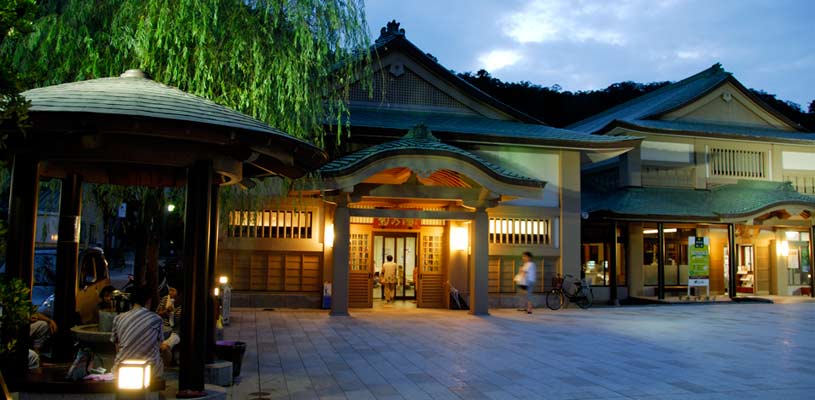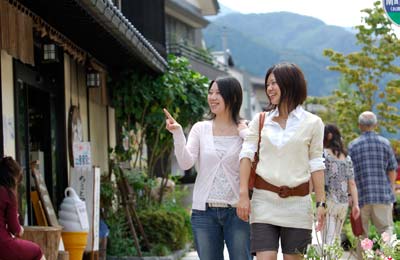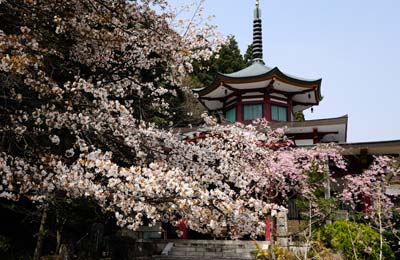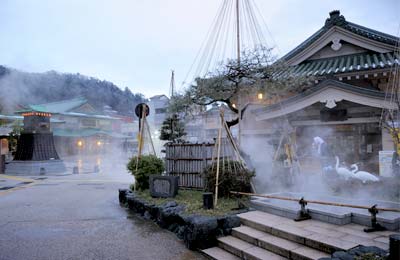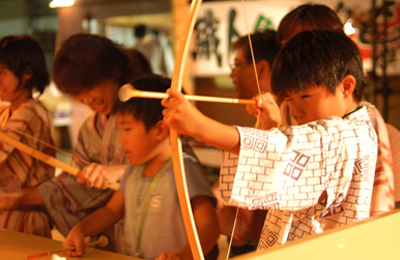Furusato Yamanaka Summer Festival
This festival is one of the seasonal traditions of Yamanaka. During the festival, people sing and dance along to the Yamanaka-bushi, a local folk song. A variety of stalls and tents magically appear at night, stretching along the Yuge-Kaido Street from Hasebe Shrine. At the shrine, visitors can participate in a raffle and worshipers can be blessed by maiden priestesses performing the Yudate-Kagura ritual. The powerful taiko drum performances and dances further enhance the energizing atmosphere of the festival, making it truly an experience to remember. There are also a variety of traditional hands-on activities available for visitors, such as spinning Japanese tops and playing with Japanese paper puppet shows.
